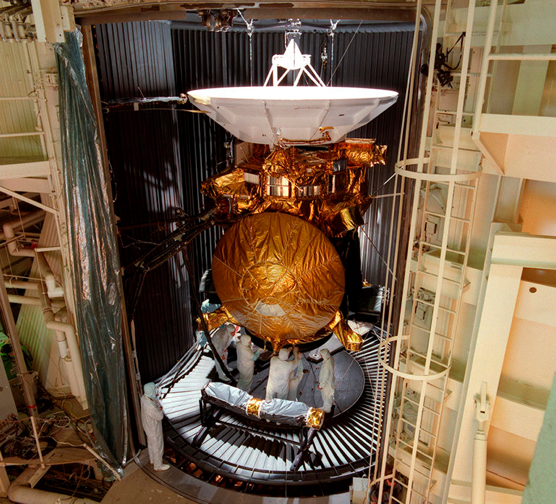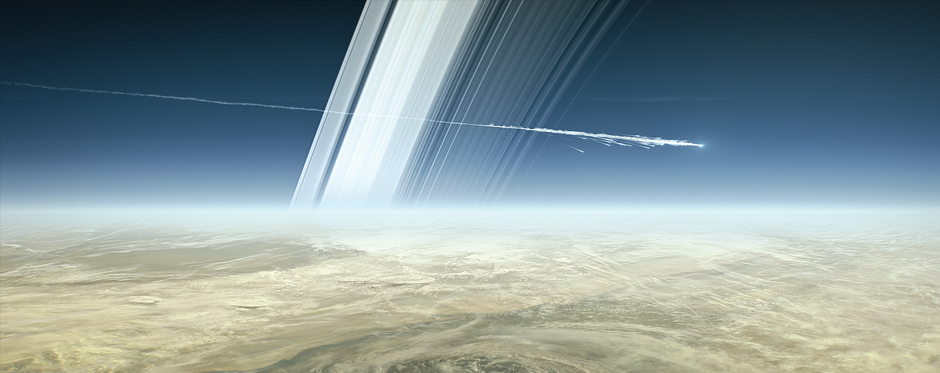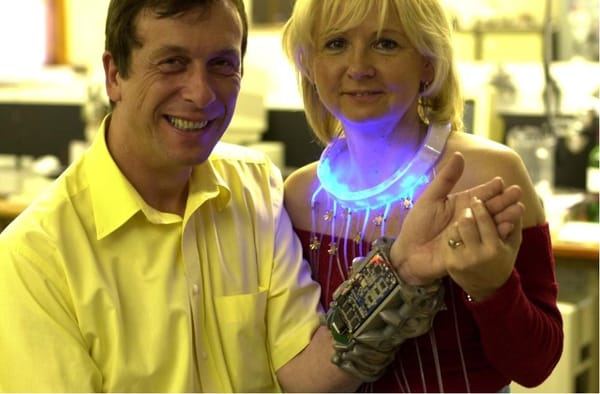Cassini bids farewell in its Grand Finale
The Cassini spacecraft, which has been running for nearly 20 years, will plunge into Saturn's atmosphere today

Before 1:00 PM (GMT) today, the Cassini spacecraft will bid us a final farewell. We will take a closer look at this mission, the furthest orbiting space operation from Earth, and what we can expect in the last moments of Cassini’s life.
On October 15th 1997, Cassini was launched from Cape Canaveral, Florida. This 6 by 4-meter spacecraft was hurtled into space at thousands of meters per second, never to return to Earth. Its mission was simple: to investigate Saturn, its rings, and moons as we had never seen before. After having successfully slingshot itself through the Solar System, overcoming or avoiding all possible malfunctions over its 3.4-billion-kilometre journey to Saturn, it was ready to make some of the most exciting astrophysical discoveries in the last two decades.
Before Cassini, Saturn and its moons had only been observed from Earth and through the glancing flybys of the Voyager missions. Since 2004, thanks to Cassini, scientists have been able to study the composition and temperature of Saturn’s upper atmosphere through different seasons, the planet’s storms, hexagonal jet streams, and magnetosphere. The composition and structure of Saturn’s ring have also been investigated in great detail.
On board Cassini was the European Space Agency probe, Huygens, which was successfully landed on the surface of Titan, revealing lakes and seas of liquid methane and ethane as well as hydrocarbon rain. Furthermore, the data gathered have cemented the moon’s potential for habitability by implying the presence of another hidden internal liquid ocean – likely composed of water and ammonia – beneath its surface.
Cassini has also made ground breaking discoveries about another of Saturn’s moons, Enceladus. This relatively unknown satellite was found to have geyser-like jets, spewing water vapour and ice particles from an underground ocean beneath its icy surface. Enceladus’ global ocean, chemistry, and internal composition mean it remains a promising place for life to exist in our Solar System outside of Earth.
Moving closer to home, the spacecraft instrument MAG, which measured planetary and interplanetary magnetic fields on board Cassini, was developed by a team led by Imperial’s Space and Atmospheric Group. The Imperial group is responsible for operations, instrument data processing, and long-term science planning for activities after reaching Saturn. Members of the Physics department such as Prof Michele Dougherty, Prof Andre Balogh, Dr. Jonathan Eastwood, and Dr. Ingo Mueller Wodarg, to name a few, have also played an important role in analysing and interpreting the returning data from both the Cassini and Huygens missions.

However, the propellant keeping the spacecraft in its steady orbit is now running out. Instead of letting Cassini drift into the interplanetary void, the spacecraft has been undergoing a series of eccentric loops between Saturn and its rings since April – its ‘Grand Finale’. This has allowed scientist to get a closer view into Saturn’s atmosphere than ever before. On its final revolution, the spacecraft will get close enough that the air friction will critically start to disorientate and heat it – Cassini will eventually burn up and disintegrate, but not before sending some final information back to Earth.
According to NASA, the final minutes of Cassini life will begin with the spacecraft entering Saturn’s atmosphere approximately 10 degrees north of the planet’s equator. As the spacecraft falls, it will begin to encounter a much denser atmosphere than any of the preceding orbits. Cassini’s thrusters will then fire in order to counter atmospheric torques, and keep the high-gain antenna (HGA) accurately pointed at Earth as it relays science data and spacecraft health data (telemetry) in near-real time.
One to two minutes following thruster ignition, Cassini will not be able to withstand the increasing torque caused by atmospheric drag, and will be unable to hold a stable orientation. Once the HGA, which has a very narrow beam, no longer points to Earth, the communication with spacecraft will be permanently severed. This loss of connection is forecast to take place at approximately 1,500 kilometres above Saturn’s cloud tops, which lie around the 1 bar pressure level.
Once the signal is lost, the spacecraft’s mission will be considered complete from the perspective of mission controllers on Earth. In the next few seconds, Cassini will run through its fault protection procedures, attempting to stabilize itself. However, it will soon begin to tumble out of control, slowly at first, and then quite rapidly, around multiple axes. The atmospheric friction, combined with the tumbling, will place extremely high loads on Cassini’s structural components, causing some of them to break off.
The spacecraft is expected to burn up like a meteor by the time it reaches the cloud tops, with the remaining debris sinking into Saturn’s deep atmosphere, where the planet’s heat and pressure will cause all the spacecraft’s materials to melt, eventually becoming completely diluted in the planet’s interior.
Although this mission is coming to an end, there is more space exploration to look forward to. The discoveries made by the Huygens probe on Titan and Cassini of Enceladus have prompted a future mission to the Jupiter’s icy moon, Europa, with an expected launch in 2020. Sooner still is NASA’s InSight mission to Mars, which will be launching in May 2018 with more Imperial instrumentation on board!








